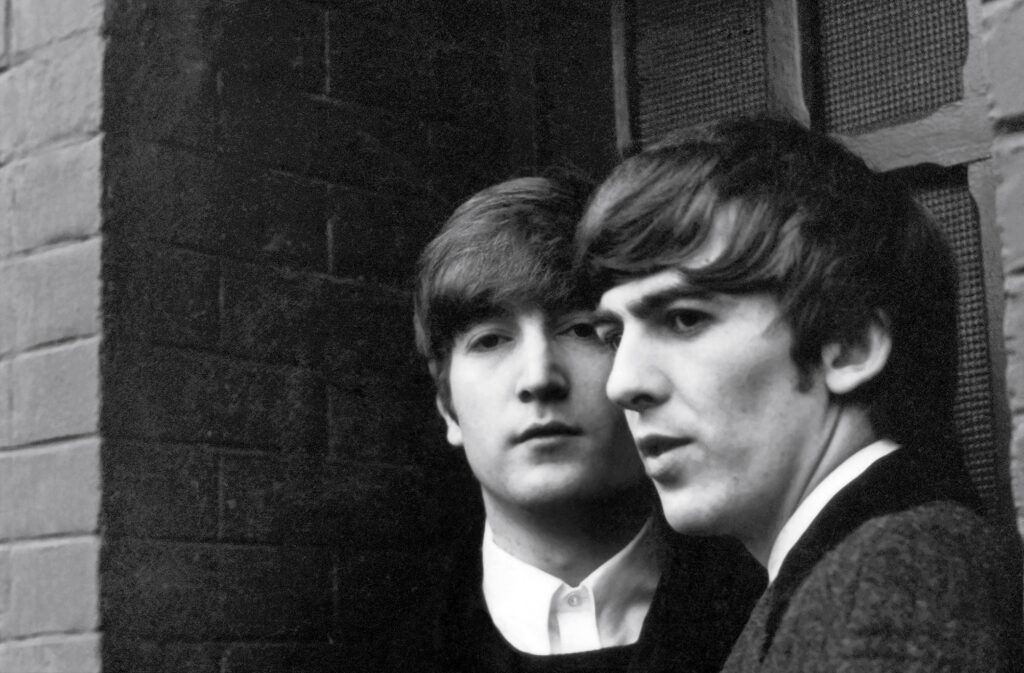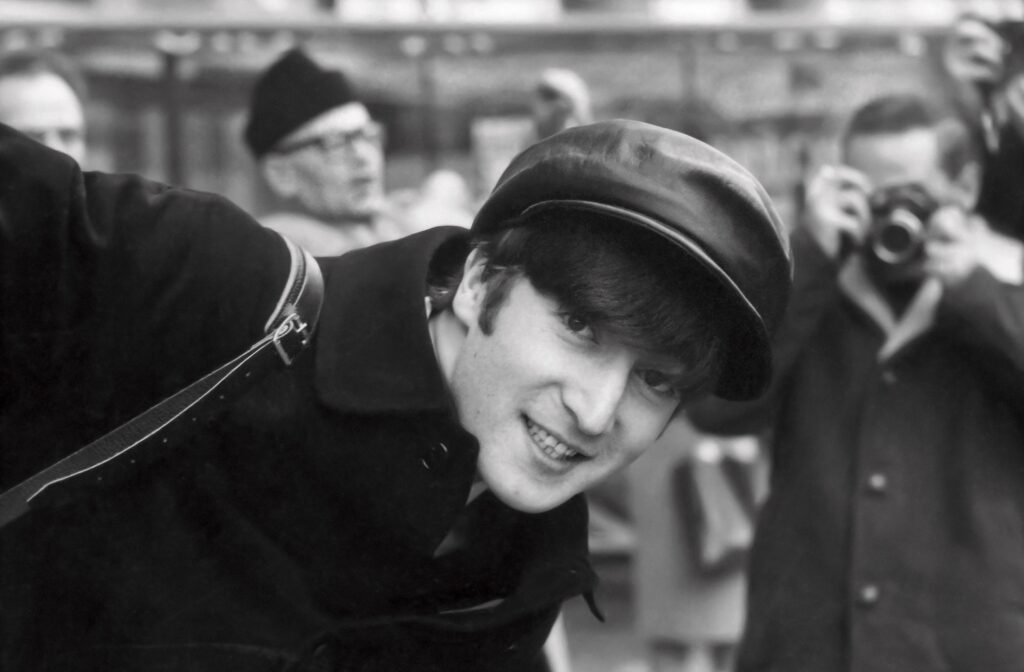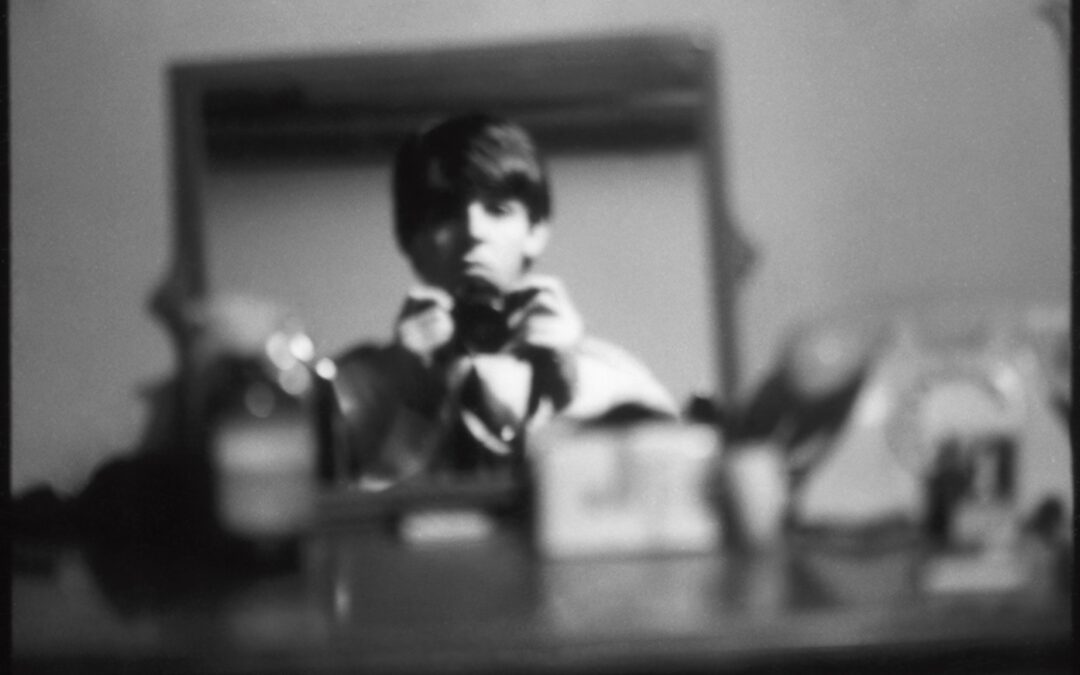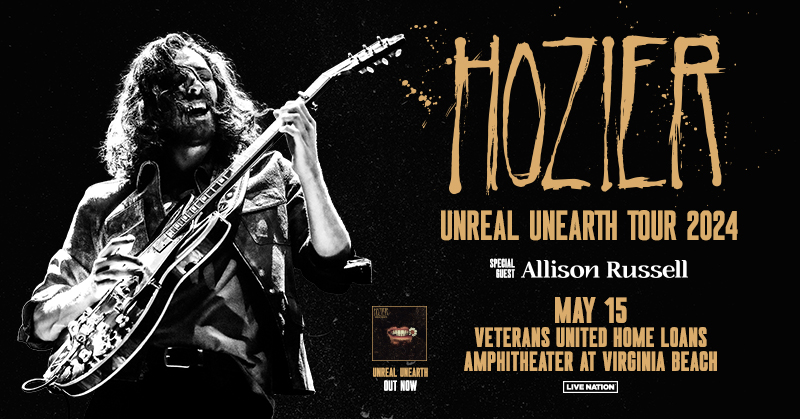(Self-portrait. London, 1963 © 1963 – 1964 Paul McCartney under exclusive license to MPL Archive LLP)
By Jeff Maisey
Paul McCartney has provided longtime fans a gift this holiday season.
First there was the brilliant roll out of “Now and Then” — mini-documentary, audio single, music video — billed as the last Beatles song.
Now, comes the American debut of “Paul McCartney Photographs 1963–64: Eyes of the Storm,” an exhibition dubbed by one British media outlet as “the lost photographs.”
The exhibition, running December 5, 2023 through April 7, 2024 at the Chrysler Museum of Art in Norfolk, is a collection of some 250 photos snapped by young Paul with his Pentax camera during the Fab 4’s tour of the United States, Paris, and locations in Britain, just as Beatlemania rocketed the Liverpool lads across the universe into superstardom.
Cass Covington of Virginia Beach took a jet plane across the pond in late September to experience the exhibition during its world premiere run at the National Portrait Gallery in London Town.
“I thought it was very well done,” said Covington, noting the photos were exhibited in chronological order. “The photos stood out to me because they behind the scenes and the members of The Beatles appeared very relaxed.”
The pictures in the exhibition are featured in a coffee table book also titled “Paul McCartney Photographs 1963–64: Eyes of the Storm.”
Several of the photographs have been used to publicize the book and exhibition.
There is a poignant B/W photo of John Lennon and George Harrison titled “John and George” gazing somberly from what looks like a doorway. Artistically the image is well composed and captured them naturally (non-posed).

Paul McCartney (English, b. 1942)
John and George, Paris 1964
Photograph
©1964 Paul McCartney
There are three photos of McCartney with camera in hand, cigarette in mouth titled “Self-portrait, 1964.” He’s shooting into a mirror. The images reveal a creative side of McCartney in how he composes the shots.
In fact, even though McCartney was having fun and unofficially documenting numerous days in the life of The Beatles, these remarkable snapshots from the past show us the artistic side of Paul beyond music.
The members of The Beatles could be quite playful in front of the camera, and McCartney captured a few of these lighthearted moments as well.
In addition to McCartney’s photographs, there appear to be photos in this exhibition from professional shutterbugs such as “John Lennon, Paul McCartney and Ringo Starr in New York’s Central Park, 8th February, 1964” from the Daily Mirror.
Especially interesting is a wall of images from the off-camera (television, that is) angle taken by McCartney on-set during the famously historic “Ed Sullivan Show” appearance viewed by 73 million households across the United States.
In an attempt get a more in-focus understanding of the exhibition, I reached out to Erik Neil, director and president of the Chrysler Museum of Art, before his team — and that of McCartney — put the exhibition together in Norfolk.
VEER: Can you share how the Chrysler Museum of Art was selected for the American debut of “Paul McCartney Photographs 1963-64: Eyes of the Storm”?
Erik Neil: Exhibition touring is a two-way street. The National Portrait Gallery (NPG) in London circulated an exhibition prospectus to a number of museums about a year ago. Our Senior Curator, Lloyd DeWitt, brought this exhibition to our attention and we responded quickly with strong interest. We had an unexpected opening in our calendar that aligned with their first availability. The Chrysler Museum may have been appealing to the NPG and McCartney Productions Ltd. (MPL) because we offer free admission, have an internationally recognized exhibition program, and extensive educational offerings. We are thrilled to be working in collaboration with the NPG and MPL in this extraordinary exhibition, and to be the first US venue to host it.
VEER: Will the Norfolk exhibition layout/design be similar to that of the National Portrait Gallery in London, including wall colors and lighting?
Erik Neil: The organization of the Chrysler’s presentation will be very similar to, but not exactly the same as, the exhibition as it was presented in London. For instance, the wall colors (chosen by Paul McCartney) will be the same. Also, the thematic and chronological arrangement will be the same. However, we are including additional images that speak to US audiences which were not part of the NPG exhibition. This inclusion helps provide clarity to those themes and moments here in America. Naturally, our galleries are different and so the groupings of photographs and the lighting have been adjusted to respond to our space while still adhering to the ideas and goals of the exhibition: to illuminate a very special moment in the life of The Beatles and in the history of Rock and Roll.
VEER: Many of McCartney’s photographs in this exhibition are those of an amateur on “vacation” with his childhood friends, but the images provide a unique glimpse from behind — and in the middle — the scenes of The Beatles’ first tour of America, Paris, and images from Britain. For this they are significant, would you say?
Erik Neil: Photography can function on many levels often at the same time. I think this is true of Paul McCartney’s photographs as well. They serve to document an exciting and unique moment like the work of a photojournalist, many of whom he encountered and conversed with throughout the tour. Some of them also reveal the fun they were having and the affection that The Beatles and many of those around the group felt for each other, like family snapshots. At the same time there are portraits that reveal an artistic sensitivity that should not be a surprise coming from a creative person like Paul McCartney.
VEER: In the London exhibition, there is a wall of photographs presented as film contact sheets from “The Ed Sullivan Show.” What do you find most intriguing about this moment in pop culture history?
Erik Neil: In our era of streaming, TiVo, binge watching, etcetera, it is easy to forget how the whole nation could be gathered around television sets at the same time to watch the same thing. The Ed Sullivan Show aired every Sunday from 8-9pm for more than twenty years. It was the perfect venue to introduce The Beatles to America. I doubt anyone could have known how transformative the appearance would be. Broadly speaking, the country was ready for something fresh, new and exciting (especially after the assassination of JFK just a few months before). Looking at those images I was struck again by their youth and even an air of innocence. They look ready to have some fun.

Paul McCartney (English, b. 1942)
John in Paris, January 1964
Photograph
©1964 Paul McCartney
VEER: What do we know of the Pentax camera McCartney and his fellow Beatles used in 1963-64? It appears to be a 35mm Single Lens Reflex camera. Was McCartney using 100 ISO film? 12 or 24 exposure rolls?
Erik Neil: It’s not clear exactly when each of the band members acquired their Pentax cameras, they all used them at points on the 1963–1964 tour. Paul McCartney used the Asahi Pentax SV that was still a fully manual 35 mm single-lens reflex camera. He often used 400 ASA film, which was the most sensitive low-light film generally available and allowed for all the indoor shots to be taken without a flash.
VEER: “Eyes of the Storm” has been called the “lost photographs by Paul McCartney” by The Guardian. I’m wondering how the Chrysler Museum of Art sees this exhibition as a tie-in with the release of the “final” Beatles song “Now and Then” and the accompanying mini-doc and music video?
Erik Neil: I’m not aware of any specific “tie-in” because, from what I understand, both projects have been in development, independently, for years. I do agree there is a lovely poignancy that they are coming to us at about the same time. If you consider the recent Peter Jackson documentary and the beautiful book of lyrics that came out in 2021 as well, I think you could say we are in a moment of renewed appreciation of all that Paul McCartney and The Beatles have created over six decades. Clearly there is a voice and a vibrancy that many of us still find relevant and needed.
VEER: Can you share details of additional programming plan to enhance this exhibition?
Erik Neil: As a thanks to our members, we are offering some exclusive opportunities for our biggest fans and supporters. We’re starting with member exclusive days December 5-6. While the exhibition (and Museum) is free, it will only be open to Museum Members on these two days. It will then open to the general public thereafter. We are foregoing our typical “member preview” due to the busy holiday season, but will be commemorating the 60th Anniversary of The Beatles first appearance on the Ed Sullivan Show with a members-only celebration on February 9.
Our Senior Curator, Lloyd DeWitt and Docents will lead tours of the exhibitions on certain days and times. This is a great outing for family visiting over the holidays, networking, or even team building.
We have curated engaging Teacher Workshops and Homeschool Studios featuring photography topics and our Public Engagement and Learning team has more exciting program announcements coming soon. Check chrysler.org/mccartney for updates.
VEER: Will McCartney attend the opening?
Erik Neil: I wish I could answer yes, but I can’t.





